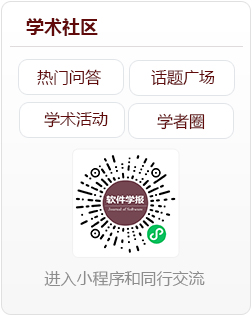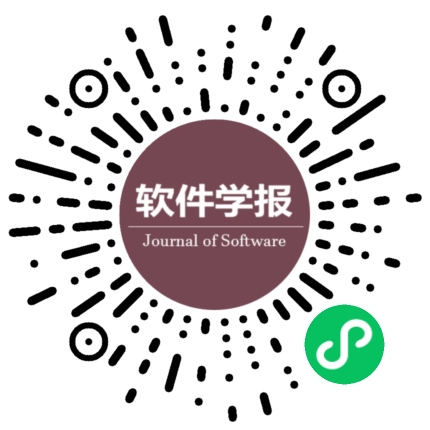基于自编码器生成对抗网络的可配置文本图像编辑
作者:
作者单位:
作者简介:
吴福祥(1984-), 男, 博士, 助理研究员, CCF专业会员, 主要研究领域为多模态深度学习, 文本图像合成, 自然语言处理;程俊(1977-), 男, 博士, 研究员, 博士生导师, 主要研究领域为机器视觉, 机器人, 机器智能和控制
通讯作者:
程俊, E-mail: jun.cheng@siat.ac.cn
中图分类号:
TP391
基金项目:
国家自然科学基金(U21A20487); 深圳市基础研究项目(JCYJ20200109113416531, JCYJ20180507182610734); 中国科学院关键技术人才项目
Configurable Text-based Image Editing by Autoencoder-based Generative Adversarial Networks
Author:
Affiliation:
Fund Project:
引用本文
吴福祥,程俊.基于自编码器生成对抗网络的可配置文本图像编辑.软件学报,2022,33(9):3139-3151
复制相关视频

分享
文章指标
- 点击次数:
- 下载次数:
- HTML阅读次数:
历史
- 收稿日期:2021-06-30
- 最后修改日期:2021-08-15
- 录用日期:
- 在线发布日期: 2022-02-22
- 出版日期: 2022-09-06
文章二维码

您是第位访问者
版权所有:中国科学院软件研究所 京ICP备05046678号-3
地址:北京市海淀区中关村南四街4号,邮政编码:100190
电话:010-62562563 传真:010-62562533 Email:jos@iscas.ac.cn
技术支持:北京勤云科技发展有限公司
版权所有:中国科学院软件研究所 京ICP备05046678号-3
地址:北京市海淀区中关村南四街4号,邮政编码:100190
电话:010-62562563 传真:010-62562533 Email:jos@iscas.ac.cn
技术支持:北京勤云科技发展有限公司



